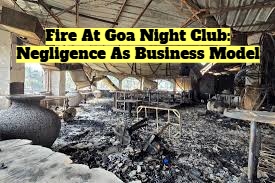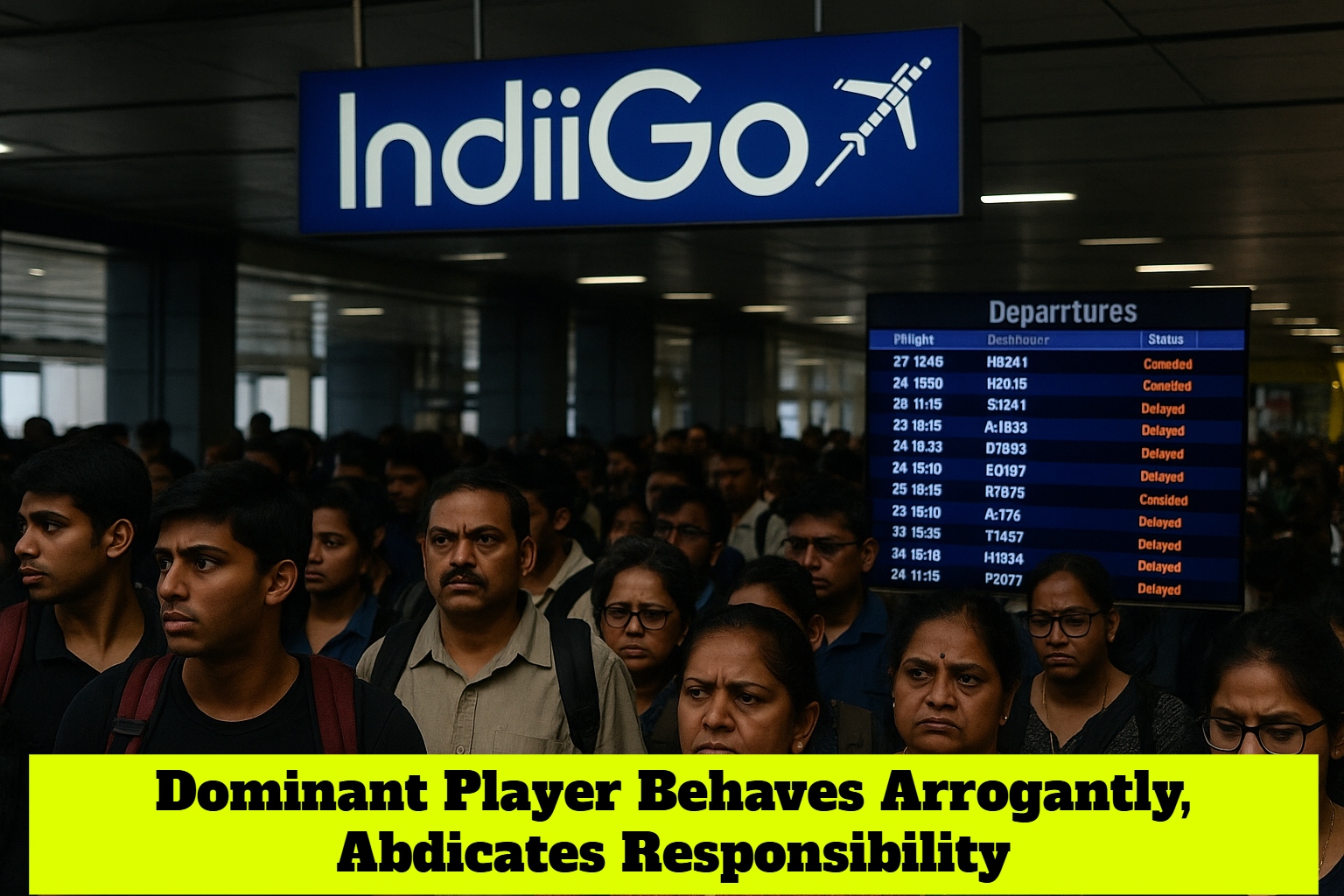

By Linus Garg
First publised on 2020-07-10 13:48:04
The Sample Registration Survey (SRS) for the year 2018 was
released in May 2020. It shows that India has been largely successful in
controlling the population explosion as 13 states have reported that the total
fertility rate (TFR) has fallen below the replacement level of 2.1. This means
that in these states, in the next few years, the population will start falling.
Apart from the five southern states of Tamil Nadu, Telangana, Andhra Pradesh,
Karnataka and Kerala who have always been the leaders in family planning, Jammu and Kashmir, Himachal
Pradesh, Punjab, West Bengal, Uttarakhand and Odisha have also shown TFR below
the national average of 2.2. Bihar remains the problem state with a birth rate
of over 2.6.
The
infant mortality rate (IMR) has also improved in the last decade. From 50 in
2009, it has dropped to 32 in 2018. The rural-urban divide for the IMR has also
narrowed but is still significant. MP continues to lead the table with an IMR
of 48 which is very disturbing. It shows that something is seriously wrong with
healthcare in the state that it is still having the IMR close to the national
average in 2008 while the rest of the country has improved its score
substantially. The maternal mortality rate (MMR) although high at 122, is
falling and some states are showing marked improvement and are well below the
national average.
The death rate has declined from 7.3 in 2008 to 6.2 in 2018. Here too, the urban
(5.1)-rural (6.7) divide is significant. The big rural-urban gap in both the
IMR and the death rate proves that healthcare facilities in rural areas across
India needs to be revamped. Life expectancy at birth has jumped from just above
66 years in 2008 to nearly 71 years in
2018. The figures indicate that in the next few decades, India will have 60-plus,
non-working and dependant people as part of its population. The percentage of
young people is likely to fall below 50 percent in the near future. Hence, the
government needs to reorient policies to take care of this aging population.
Although the nation can heave a sigh of relief that population explosion is unlikely to happen now, the falling population in many states has already created a political problem. Since the Lok Sabha seats for a particular state are decided on the basis of population, the southern states are protesting that despite ranking high on the population control parameter, they are being penalized as their political representation in Parliament is also falling. The government will have to devise a new formula that does away with having the size of the population as the only criterion for the number of Lok Sabha seats in a state.











